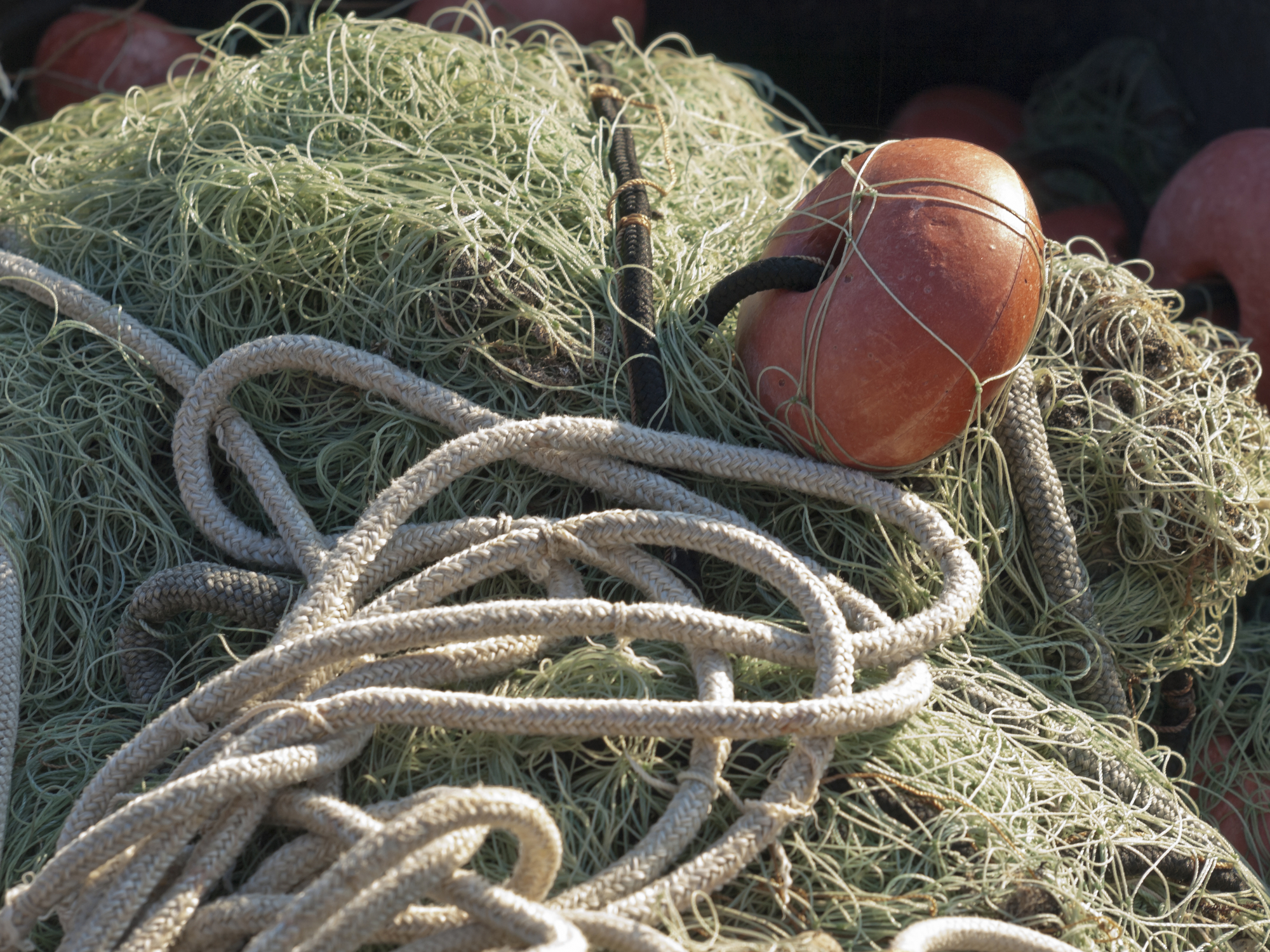 A fascinating, although not surprising, article in this week’s edition of The New Yorker titled Spare the Rod, School the Child by Michelle Nijhuis, linking animal population dynamics with social ills. The article begins,
A fascinating, although not surprising, article in this week’s edition of The New Yorker titled Spare the Rod, School the Child by Michelle Nijhuis, linking animal population dynamics with social ills. The article begins,
In 1998, a young American biologist named Justin Brashares, now a professor at the University of California at Berkeley, went to Ghana to research antelope behavior. But, as he hiked the West African forests and savannahs, he didn’t see many antelope. He also didn’t see many hippos, leopards, duikers, or lions. What he did see were large, aggressive troops of olive baboons. They had recently begun to raid maize crops and steal chickens, causing such serious and persistent damage that many Ghanaians were keeping their young children out of school to help guard family farms.
The story is a textbook example of the domino effect of what can happen when natural resources are overexploited. In this case, over the last two decades, Ghanaian coastal fishing communities have become the casualty of overharvesting and illegal fishing that caused a rapid decline in fish populations, which in turn caused the villagers to turn to the forests for hunting, resulting in a drastic reduction in predators who would have otherwise eaten the baboons. The article continues:
This causal chain from the health of ocean fisheries to educational success was so straightforward that Brashares initially didn’t believe it. “I thought, ‘Oh, that’s interesting, but these uninformed people aren’t aware of some bigger dynamic,’ ” Brashares told me. “Of course, they were right all along.” With the Ghanaian park data and extensive surveys of twelve Ghanaian markets over several years, Brashares and his colleagues eventually showed that when fish populations were low, fish prices were high, and bushmeat hunting increased, a relationship that was especially strong near the coast.
The other social dominos that fell included increased child labor and sex slave trade, as food became more scarce. As fish became more scare, prices for food escalated, resulting in many women resorting to exchanging sex for food. And, the sad story continues as you can only imagine. The rate and spread of aids and infectious disease has likewise escalated.
As this study reveals, “wildlife declines aren’t only a result of social ills but also a cause.” We aren’t immune from this phenomena in the U.S..
But interestingly enough, the same sort of social ills can arise when wildlife populations increase. Many are unaware of the lobster wars raging in the communities of Maine right now. This summer I discussed confidentially this social unrest with a lobsterman friend, whose name I’m withholding to protect his identity and safety. He spoke of the mounting conflict, including the intentional cutting of over 13,000 lobster traps last summer alone by competing (ergo feuding) fishermen. He also talked about the breakdown in social mores that have governed these fishing towns and waters for years. The stories he told were hair-raising, some involving violence and drugs, and law enforcement can do little to quell the violence.
Interestingly, in this case, the social ills are due to an oversupply of lobsters on the market (an 80 percent increase over the last few years) – caused by warming waters, which some attribute to AGW – which has forced prices to a 20-year low. The warming waters are causing havoc for other commercial fishermen, who have witnessed a decline in cold water species such as cod and an influx of warmer water species, such as black sea bass. As lobster prices have remained dirt cheap young lobsterman heavily leveraged by expensive boats and fishing equipment have turned to other extra-legal sources of income. The fallout from this social unrest is palpable, and continues to take its toll on these small island communities.
As the article points out, there is a growing realization about the need for greater emphasis on interdisciplinary approaches and education to natural resource management. Wildlife populations are influenced by humans, and humans are influenced by wildlife populations. Such are pretty logical yet often complex causal relationships.

